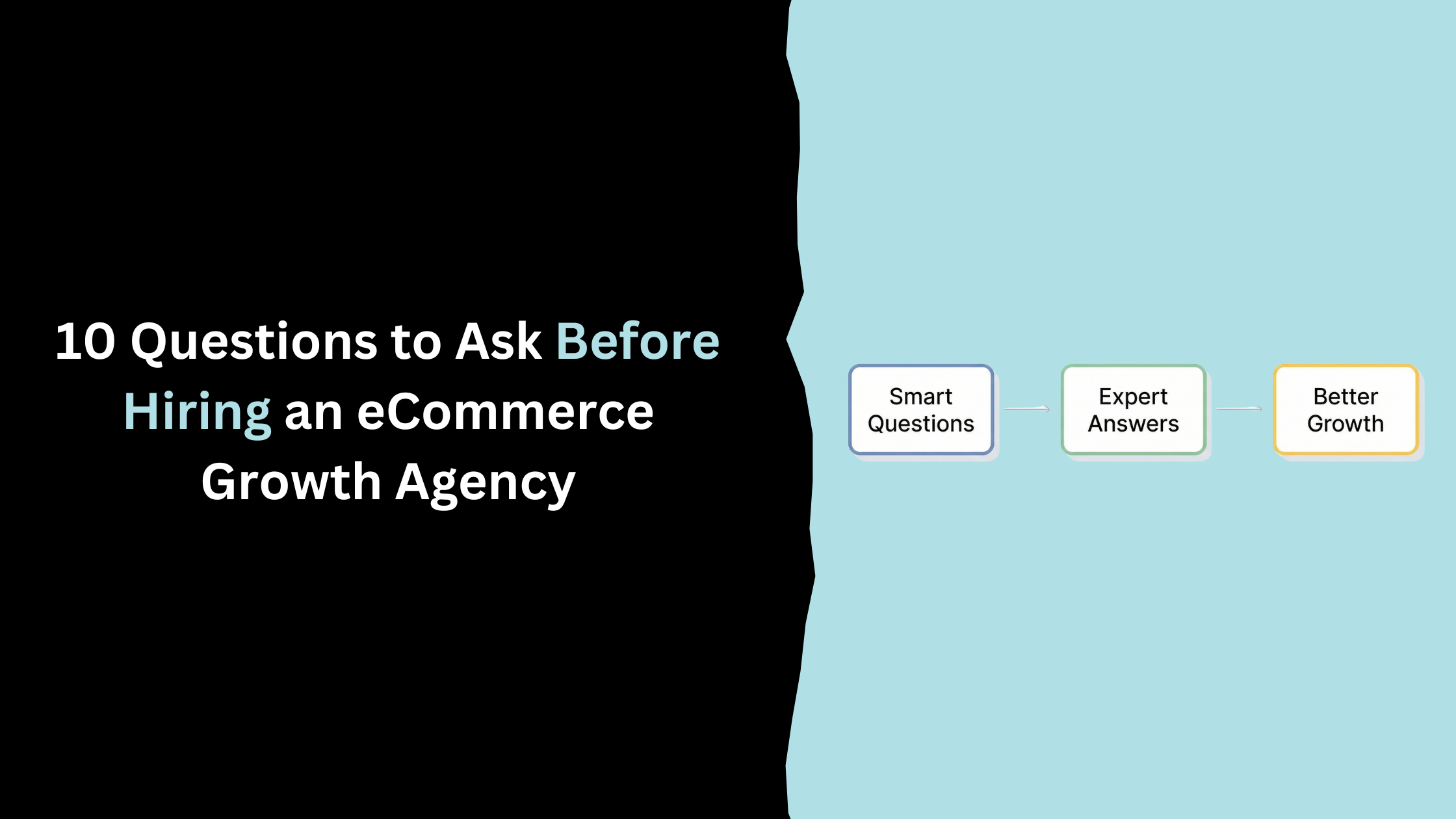Table of Contents
From Exclusivity to Intimacy
Luxury used to whisper “look at me.” Now it says “this is for you.” The definition has shifted from status to sentiment, from showing off to feeling seen.
Today’s luxury consumer isn’t chasing aspiration; they’re curating alignment. They want brands that reflect their values, their rhythm, and their taste. The market for quiet luxury, minimalist, ethical, experience-led, is exploding precisely because it respects the customer’s intelligence.
Omorovicza, Orlebar Brown, and Holland Cooper have mastered this new language. They sell identity, not indulgence.
Experience as the Product
Digital luxury is all about the how. Every click, scroll, and swipe must feel deliberate. Websites now serve the role of the boutique — sleek, slow, immersive.
The brands leading the space design frictionless journeys that feel human. High-quality photography, intuitive navigation, and personalised recommendations all communicate care. When the checkout feels effortless and packaging feels like a gift, you’re not just buying an item, you’re buying a moment.
Even after delivery, the experience continues: post-purchase emails, thank-you notes, and aftercare reminders turn transactions into relationships.
Luxury today isn’t sold; it’s staged.
Storytelling as a Sensory Tool
Luxury branding has always been about emotion, but online it has to be engineered. That’s where storytelling takes centre stage.
Finisterre makes sustainability feel like an adventure. Omorovicza transforms skincare into ritual. These stories aren’t decoration; they’re differentiation. They elevate product features into philosophies.
A luxury brand without a story is just expensive. The story turns price into meaning.
Design That Feels Like Respect
Luxury customers are buying confidence. Every design choice, colour palette, tone, rhythm, has to make them feel understood.
Minimalism signals competence. Space signals confidence. A clear layout tells users you value their time. The best luxury brands communicate restraint because noise feels cheap.
Great design, like great service, is invisible. It guides rather than dazzles. That’s what makes digital luxury so difficult to fake.
The Emotion Economy
The real currency of luxury eCommerce is feeling. Customers return not because they need more, but because the experience made them feel valued.
A handwritten thank-you note or beautifully phrased order confirmation can do more for retention than a 10% discount. When empathy meets elegance, loyalty follows.
The new luxury is less about price and more about poise, emotional precision, digital grace, and an unspoken promise that every detail matters.
Luxury has evolved from spectacle to sincerity. The brands that recognise this shift will own the next decade of premium eCommerce.
Get in touch today
complete the form below for an informal chat about your business








